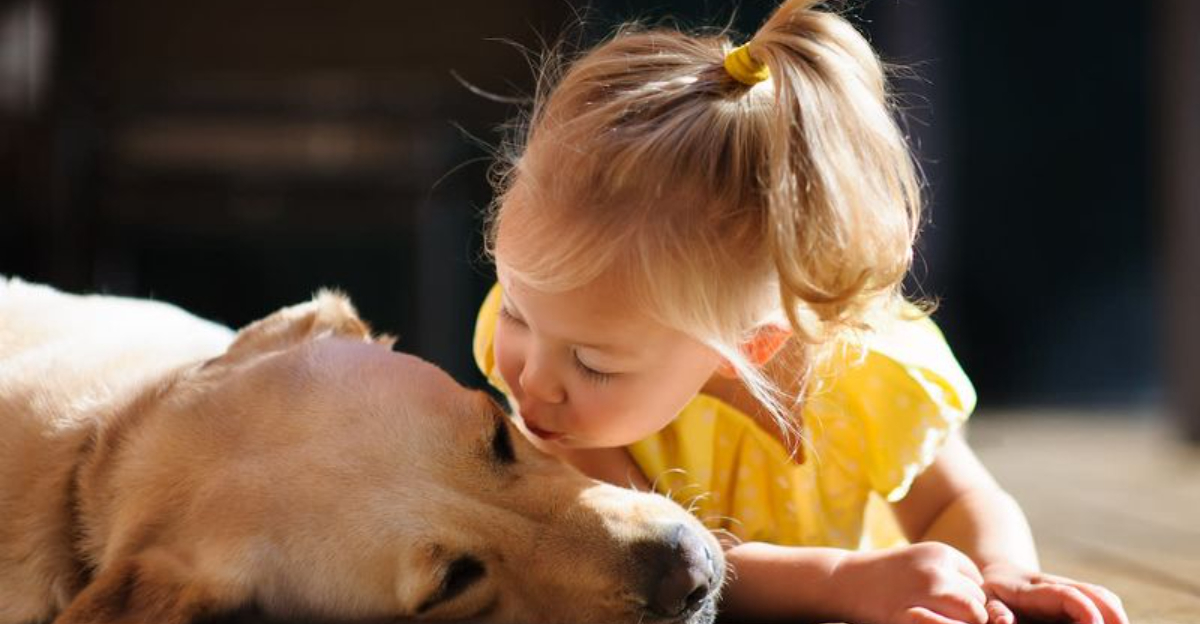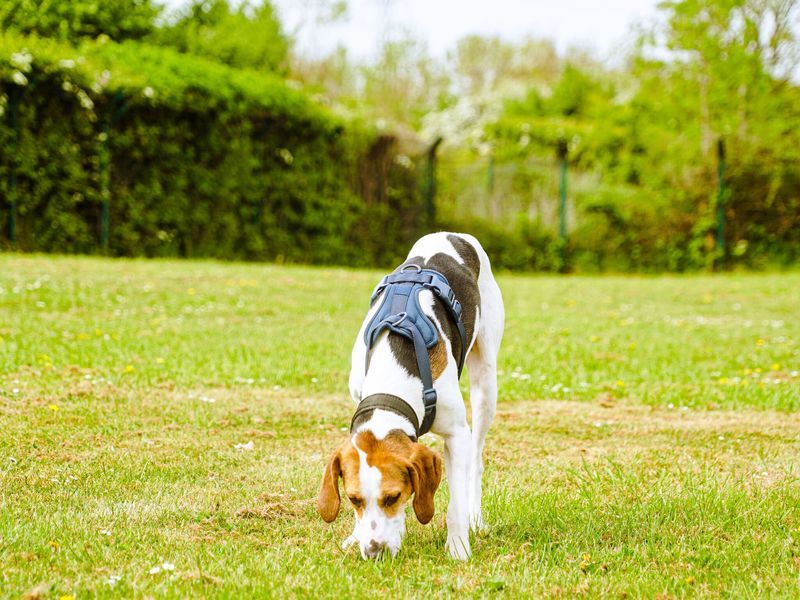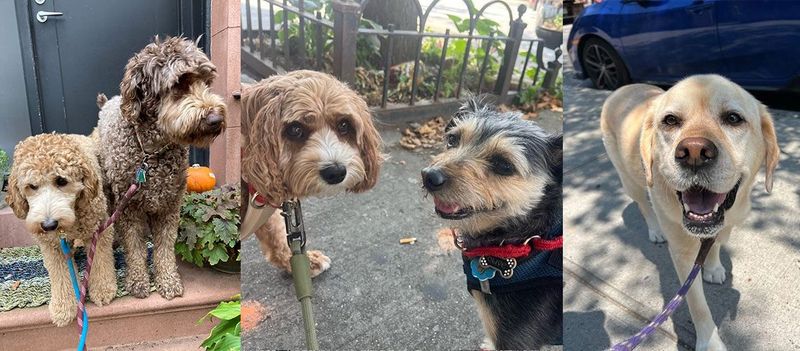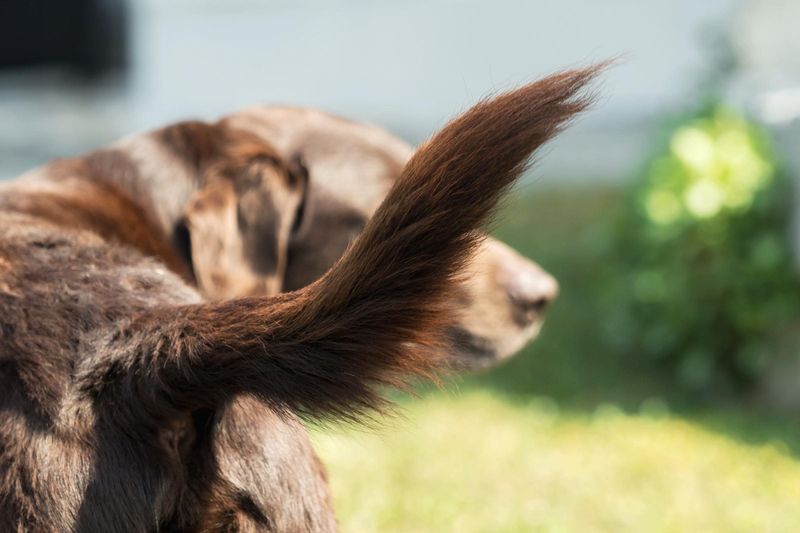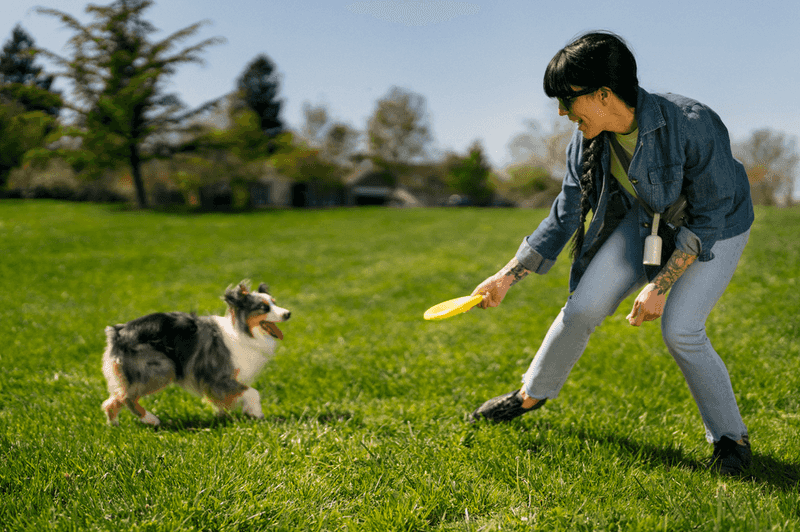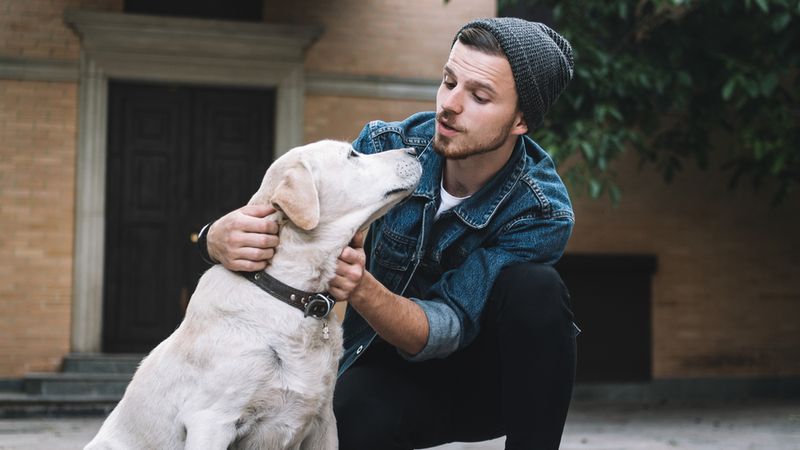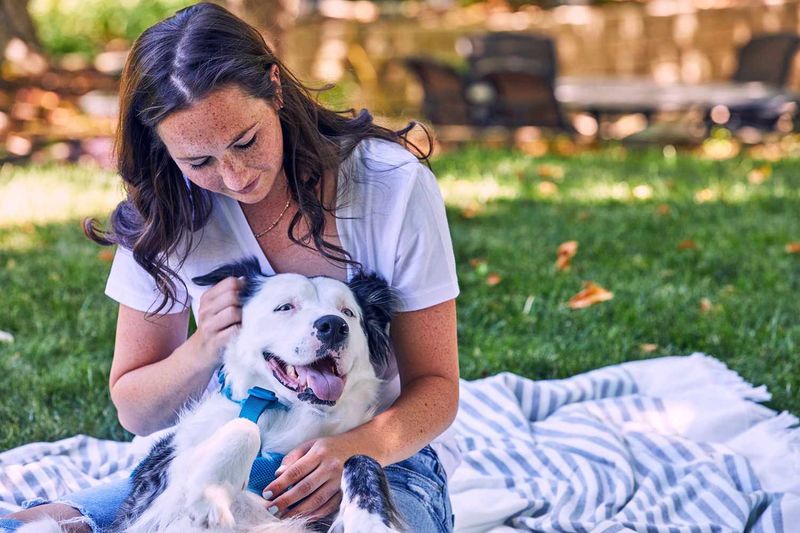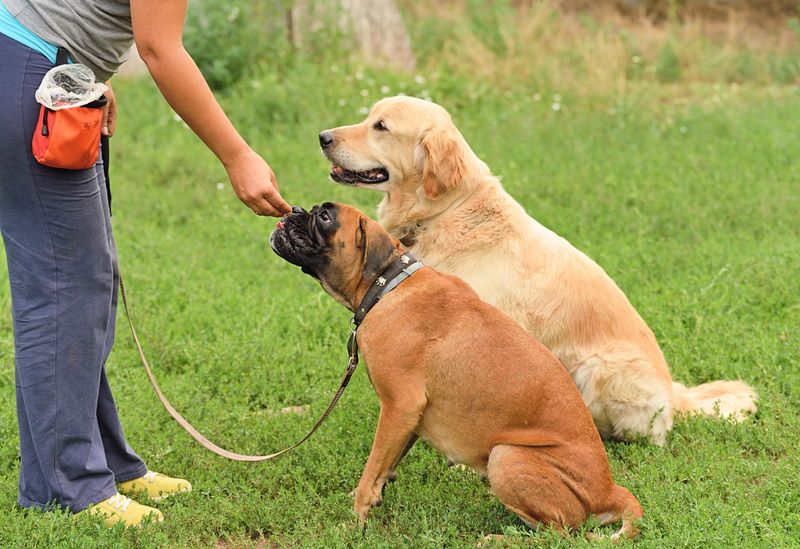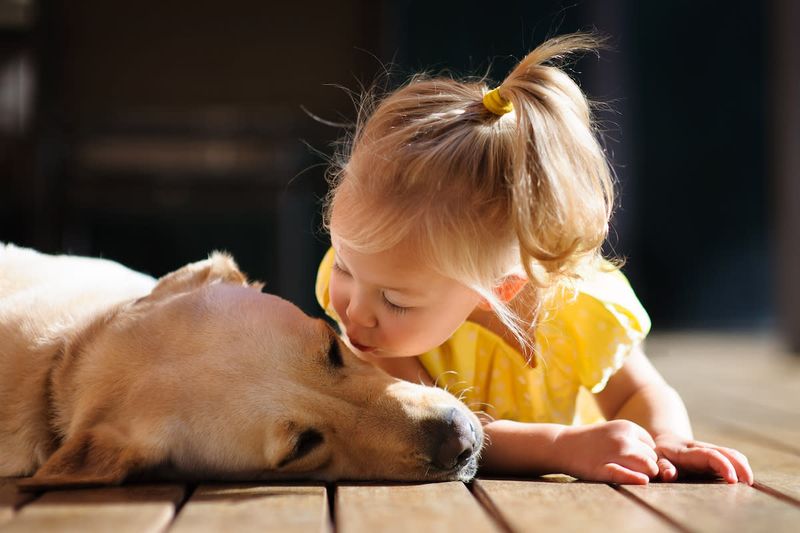Ever wondered what your furry friend is trying to tell you with those soulful eyes or wagging tail? Dogs have a unique way of communicating their feelings, and understanding them can deepen your bond. From their love for routine to their need for affection, let’s explore ten heartfelt things your dog wishes you knew about how they feel.
A World of Smells
Imagine a world painted with scents, where every sniff tells a story. This is how your dog perceives the world. While we see colors, dogs experience an olfactory canvas that’s rich and complex. When Fido pauses to sniff a lamppost, he’s not stalling the walk; he’s reading the local news. Each scent holds tales of who passed by, what they ate, and even how they felt. Next time your pup takes a moment to smell the roses, let them linger. It’s their way of understanding the world, an essential part of their daily life.
Routine is Comfort
For dogs, routine isn’t just a series of events; it’s a comforting hug. Knowing what to expect helps them feel secure and reduces anxiety. Breakfast at 7, walks at 3, cuddles at 9 – these aren’t just numbers; they’re moments of certainty in an unpredictable world. A sudden change in schedule can make them feel uneasy, so try to stick to regular patterns when possible. Consistency in feeding, walking, and playtime provides a sense of stability. Understanding this need for routine can enhance their happiness and well-being.
The Language of Tails
A wagging tail isn’t always a sign of happiness. Dogs communicate a lot through their tails, and understanding this can prevent misunderstandings. A high, stiff wag may indicate alertness or agitation, while a low, gentle wag often signals relaxation. Observe the context and position to decipher their mood accurately. Tail language is nuanced, offering insights into their emotional state. By tuning into these subtle cues, you’ll learn to read your pet’s feelings more accurately. Tail talk is a silent but expressive way dogs share their world with us.
The Joy of Play
Playtime isn’t just a way to burn energy; it’s how dogs express joy and build trust. Through games like fetch or tug-of-war, they learn boundaries and communication skills. Play helps release pent-up energy and strengthens the bond with their human. Encouraging interactive play not only keeps them physically fit but also mentally sharp. Each game is a delightful conversation, filled with excitement and camaraderie. Prioritizing these playful moments enriches their lives and fosters a deeper connection. Remember, to them, play is pure joy in motion.
The Comfort of Your Voice
Your voice is like a warm embrace for your dog. Whether you’re chatting about your day or giving gentle commands, the sound of your voice brings comfort. It reassures them they’re loved and safe. Dogs often respond to tone rather than words, so a soothing voice can calm anxiety or stress. Reading aloud or singing softly can be particularly comforting, creating a serene environment. Embrace this simple yet profound way to connect with your pet. Your voice is their solace, a melody they cherish every single day.
Body Language Talks
Dogs communicate more with their bodies than with barks or growls. From a play bow inviting fun to raised hackles signaling discomfort, each gesture tells a story. Understanding these cues can prevent potential conflicts or misunderstandings. A wagging tail might not always mean happiness; context matters. Observing ear position, posture, and facial expressions provides insight into their emotions. By learning to interpret their body language, you can respond appropriately, enhancing your relationship. It’s a silent dialogue that enriches the human-canine connection.
The Need for Affection
Just like humans, dogs thrive on affection. Cuddles, belly rubs, and gentle pats are not just physical; they’re emotional affirmations. These moments of closeness build trust and strengthen your bond. Physical touch releases oxytocin, the ‘love hormone,’ fostering a sense of security and happiness. While some dogs love snuggles, others may prefer a gentle pat. Respect their preferences to enhance comfort. By giving affection, you show them they’re cherished. It’s a mutual exchange of love that deepens your connection and enriches their life.
Understanding Canine Fears
Thunderstorms, fireworks, or even unfamiliar places can be terrifying for some dogs. These fears are genuine, and understanding them is crucial. A comforting presence during these times can alleviate anxiety. Creating a safe space with familiar toys or a cozy blanket helps them feel secure. Gradual exposure and positive reinforcement can also reduce fear over time. By acknowledging their fears and responding with empathy, you build trust. This understanding and patience provide a sense of assurance, letting them know that they’re not alone in facing their fears.
The Importance of Boundaries
Dogs, much like children, benefit from clear boundaries. These limits help them understand expectations and provide structure. Training and consistent rules offer guidance, reducing confusion and promoting good behavior. Boundaries are not about restriction but about teaching respect and safety. Whether it’s not jumping on guests or staying off furniture, setting clear rules fosters a harmonious living environment. By establishing these guidelines, you cultivate mutual respect and understanding. It’s a loving framework that supports their growth and happiness.
The Gift of Patience
Patience is a gift you give your dog every day. Whether it’s waiting for them to finish sniffing a bush or teaching them a new trick, patience strengthens your bond. Dogs sense when you’re patient and respond with trust and loyalty. This virtue is particularly important during training, where consistency and calmness lead to success. Remember, learning takes time, and every small step is progress. By embodying patience, you create a loving and supportive environment. It’s a silent promise that you’re there for them, no matter how long it takes.
